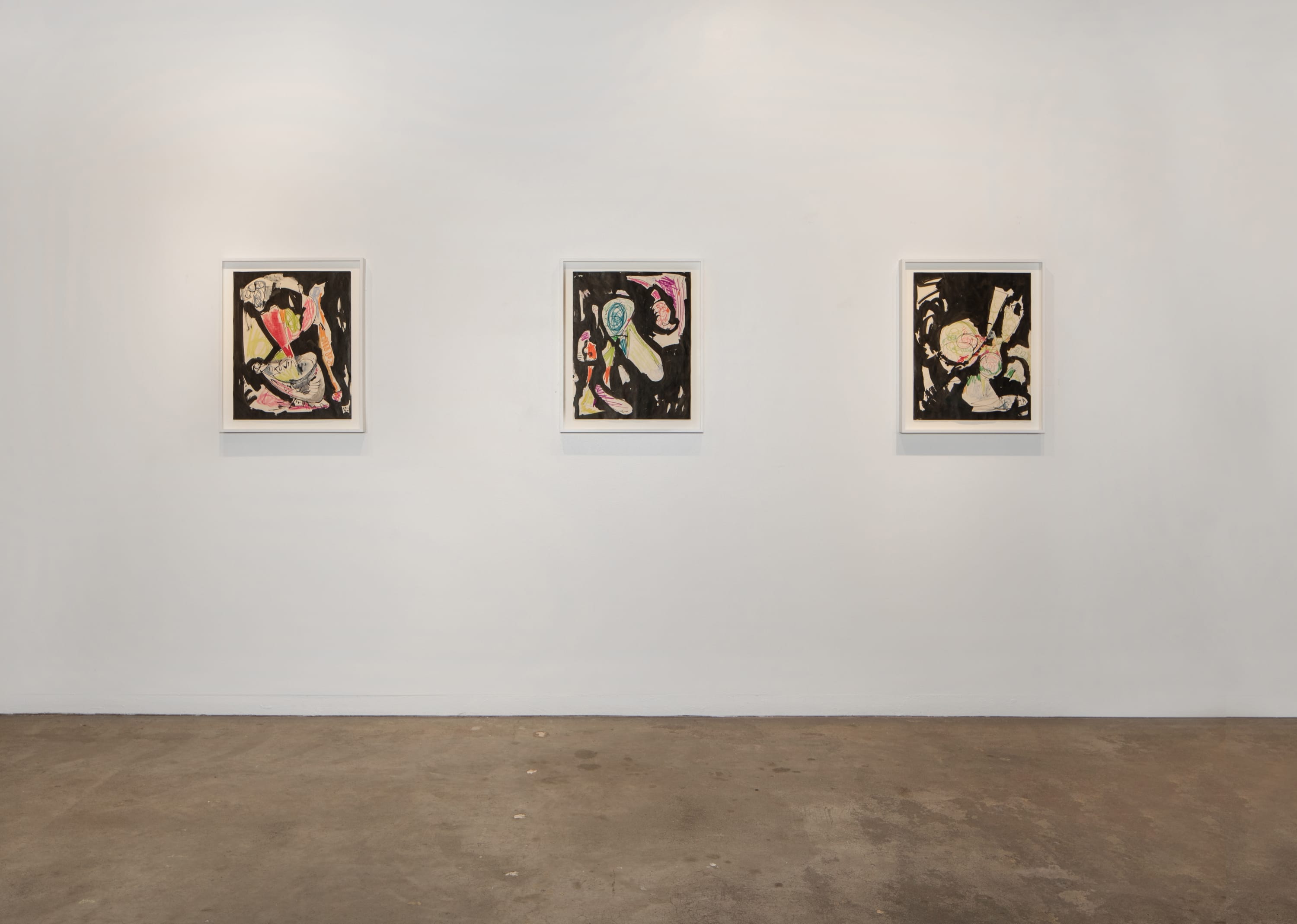-
WORKS ON PAPER
BY HANS HOFMANN -
"I want to invent, to discover, to imagine, to
speculate, to improvise—to seize the hazardous in order to be inspired. I
want to experience the manifestation of the absolute—the manifestation
of the unexpected in an extreme and unique relation."
Hans Hofmann
-
Tayloe Piggott Gallery is pleased to present an exhibition of multimedia works on paper by Hans Hofmann, on view 18 June through 25 July. Hofmann’s paintings are celebrated for their utilization of color relationships to create spatial effect as well as their compositional structure and theories of “push/pull,” which have had a lasting impact on modern artists.
-
Hans Hofmann was just one man, but his paintbrush arguably sparked a generation of American painters. In 1944, while he was creating these pulsing abstractions, the world was in uproar. In a tiny haven of lower Manhattan, a group of artists were making waves, abandoning representative painting for something entirely raw and new. Hans Hofmann was at the fore, giving free lectures in his broken English, forming what would become known as the Abstract Expressionist movement. With artists and intellectuals fleeing Europe in droves, Hofmann’s school solidified New York as the center of the art universe in the years surrounding the Second World War. He may not be as well-known as, say, Jackson Pollock, but many who knew them might argue Jackson Pollock would not exist without the teachings of Hans Hofmann.
-
Hans Hofmann was born in Weissenburg in Bavaria, Germany in 1880. He began his education in art in Munich and later moved to Paris in 1904. While in Paris, Hofmann frequented the Café du Dome where he met the many artists, dealers, and intellectuals who gathered there. It was also during this time that Hofmann took drawing classes at the Académie de la Grande Chaumière and the Académie Colarossi, and was introduced to Matisse, Picasso, and Braque. While on a visit home to Germany in 1914, the outbreak of World War I prevented Hofmann from returning to Paris, so in 1915 he opened his own art school in Munich, which quickly garnered an international reputation of excellence. In 1930, Hofmann traveled to the United States, and from 1930 to 1932 he was invited to teach at the University of California, Berkeley, and at the Chouinard School of Art in Los Angeles.
-
In 1932, Hofmann moved to New York. He taught a drawing class at the Art Students League and in 1934—shortly after closing his school in Munich—he opened the Hans Hofmann School of Fine Arts in New York. In 1935, Hofmann’s School additionally began to hold summer classes in Provincetown, Massachusetts. Hofmann became well known not only as an important artist of the time but also as an admired teacher—Helen Frankenthaler, Allan Kaprow, Lee Krasner, Louise Nevelson, Joan Mitchell, and Wolf Kahn were amongst his students. 1944 was a significant year for Hofmann as he was featured in four group exhibitions and notably had his first solo exhibition in New York at Peggy Guggenheim’s renowned Art of This Century Gallery.
-

Join our mailing list
* denotes required fields
We will process the personal data you have supplied in accordance with our privacy policy (available on request). You can unsubscribe or change your preferences at any time by clicking the link in our emails.

















